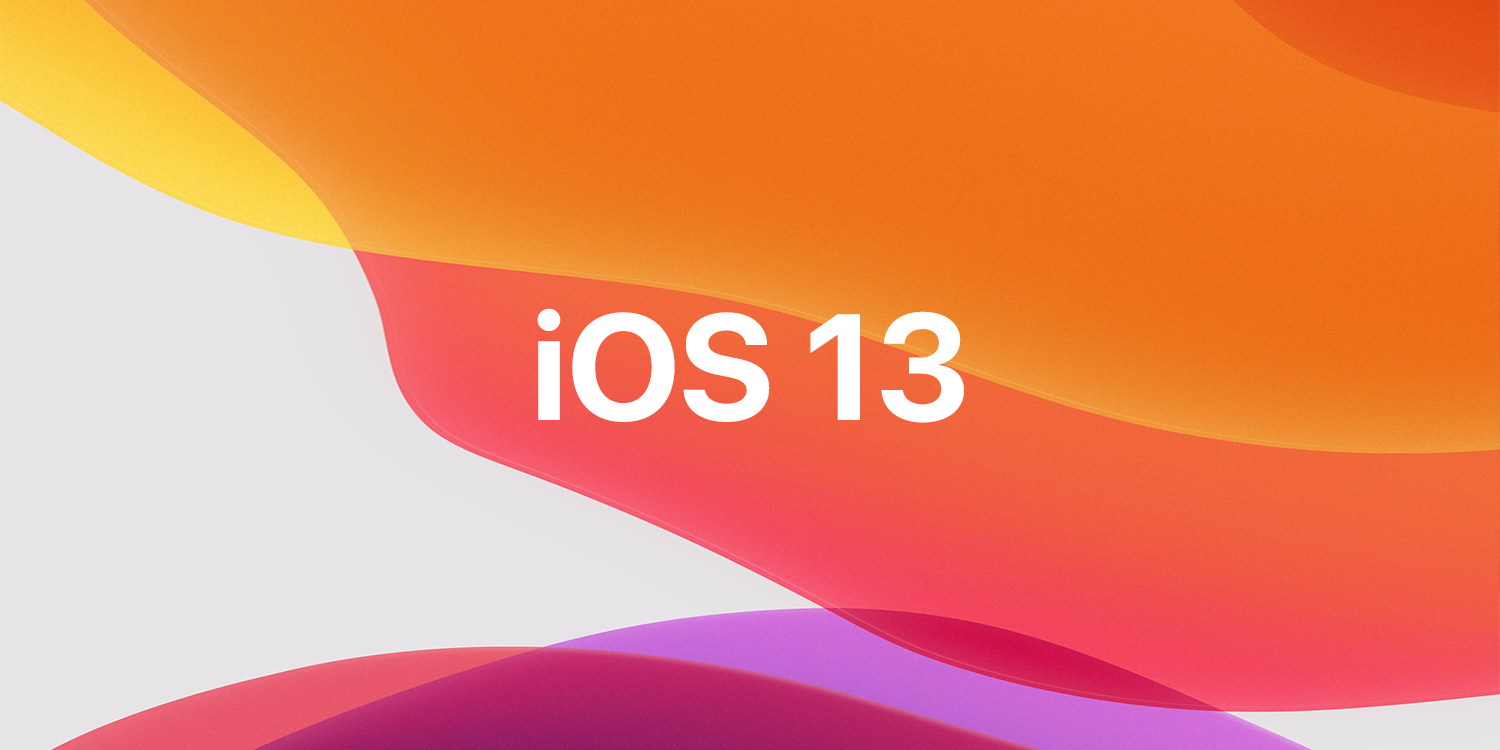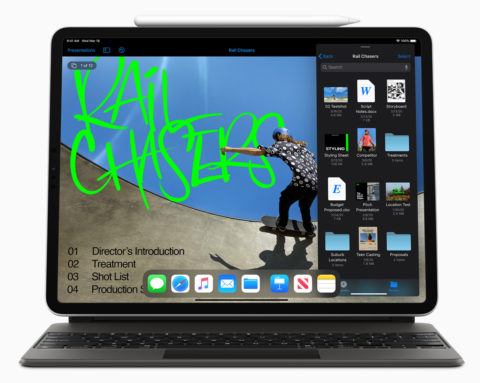Apple has just launched iOS 13.4 and iPadOS 13.4 with some pretty tasty new features.
Most notably for iPad users is the addition of a proper “trackpad mode” to iPadOS. This means you’ll be able to connect a mouse or trackpad accessory and use it to operate the device.
Rudimentary cursor support has existed for a while as an accessibility feature, but this change improves the feature and brings it to the masses. Apple says it won’t work the same way as the cursor on a Mac – instead, it has reimagined the interface, “giving customers an all-new way to interact with their iPad.” The trackpad supports existing Multi-Touch gestures, too.
This is great news for anyone who needs a bit more control to get serious work done on the iPad – editing documents and selecting text should be much easier with a trackpad or mouse than it ever was before. This change comes ahead of the introduction of Apple’s Magic Keyboard accessory in May, which comes with a built-in trackpad. But any Bluetooth or USB accessory should work just fine for now.
We’ll be testing this feature out in the coming days and will post a tutorial soon.
That’s not all, though. In addition to the trackpad support for iPad, this latest update also adds iCloud Drive folder sharing – a Dropbox-like feature originally promised for last year. Apple has also unveiled Universal Purchases, giving developers the option to allow a single purchase to cover apps across all Apple platforms, even macOS. And if you’re a fan of Memoji stickers, you’ll be pleased to see a bunch of new ones added to the mix.
Of course, there are the usual smaller fixes too – and we’re expecting performance improvements after iOS 13.4 spent longer than usual being beta tested before this public release. It’s a good thing, too, as iOS 13 originally launched with a surprising number of bugs last September. Even if the features above don’t appeal to you, updating is always a good idea for the bug fixes and security improvements that come with each revision.
How to update
To get iOS 13.4 or iPadOS 13.4, simply follow the instructions in Settings > General > Software Update. Then simply follow the instructions to download and install the update.
These days, you don’t need much storage space free to update – your device will intelligently offload apps while it installs the update and then put them right back again when it’s finished.
It’s generally a good idea to back up your device before a big iOS update, to ensure your data is safe in case anything goes wrong – the easiest way to do this is using iCloud Backup in Settings.


